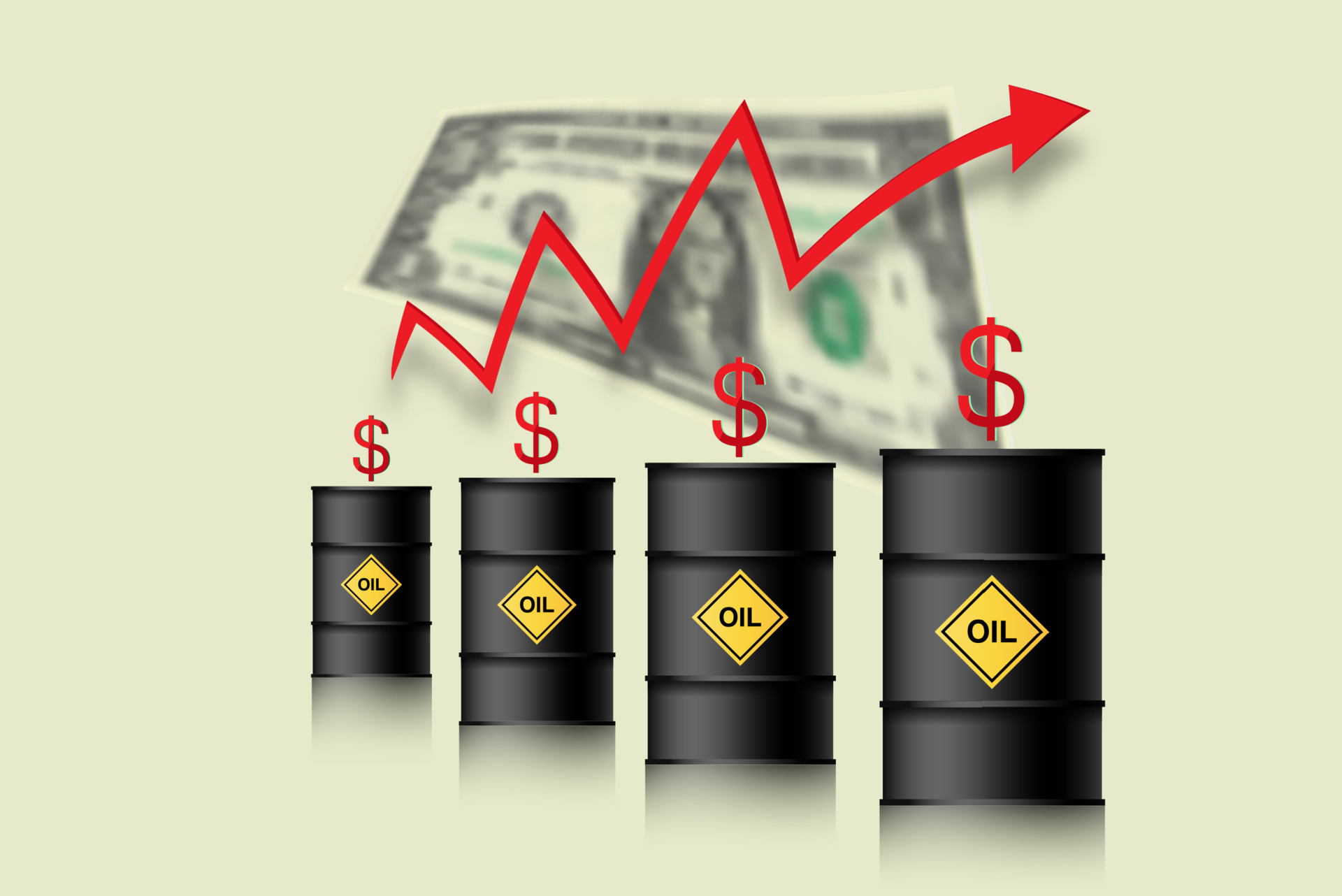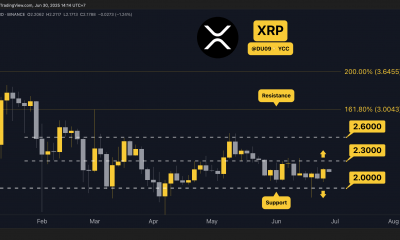Commodities
Oil at $116 per barrel: forecast and cause of rising oil prices

The price of oil may rise to $115-116 per barrel. The ambitious plans of G7 may be broken because of the difference of interests. The day before, oil prices grew amid moderately harsh rhetoric from the U.S. Federal Reserve and bullish statistics from the country’s Energy Department. According to London’s ICE, Brent crude was at $107.8 at the time of writing. Who benefits from rising oil prices?
Cause of rising oil prices
Commercial oil inventories in the US fell by 4.5 mln barrels, while stocks in Strategic Petroleum Reserve (SPR) decreased by 5.6 mln barrels. This happened despite an increase in production by 200,000 bpd to 12.1 mln bpd. The reason was a surge in exports: black gold shipments to foreign markets increased by 1.5 million bpd, of which a little more than half were crude oil.
There was a trend last week which indicated weak gasoline demand, but it was not confirmed in the latest data. Gasoline inventories fell by 3.3 million barrels. Consumption of the resource jumped 0.7 million bpd to 9.2 million bpd, and RBOB futures have added 6% since the beginning of the week.
Total petroleum product shipments fell 1 million bpd, to 20 million bpd, due to declines in the propane/propylene categories (a seasonal factor) and other (regression to the average after the spike). Overall, demand remains strong, which is helping oil prices.
Also, the day before, the U.S. Federal Reserve raised the benchmark rate by 0.75 p.p., to 2.5%, which was expected. The regulator expects the rate to be at the level of 3-3.5% by the end of the year. Markets were expecting more hikes, so equities and commodities traded positive after the meeting. The lower the interest rates, the lower the risks of recession and oil demand destruction.
The next meeting of the U.S. regulator will be held on September 20-21. Until then, the market will be keeping an eye on inflation, employment, and business activity indicators. How do rising oil prices affect inflation? It is speeding it up considerably.
The Fed’s decision was received positively, as there were some fears of a 100 bps rate hike, as the Head of The Regulator, Jerome Powell, said at a press conference that if necessary, the Fed would not hesitate to raise the rate even higher. but given the current data, it was considered advisable to raise it a little less.
The Fed’s rate is now at a long-term neutral level that neither accelerates nor slows economic growth. However, U.S. inflation remains at record levels since the 1980s – the June CPI reached 9.1% and the regulator intends to bring it down to 2%. Therefore, the Fed will continue to raise rates and reduce the balance sheet – since September, the volume of QT on the plan to double and reach $95 billion per month.
The market was positive about the absence of a 100bp rate hike, the Fed’s admission that the U.S. economy is slowing, and Powell’s statement that the scope of the next rate hikes could be reduced if inflation slows.
The regulator will have to continue to go further into territory where interest rates and financial conditions are leading to a slowdown in economic growth. After all, the rising oil prices effect on the economy is hard to overstate.
Commodities
Oil prices rise; U.S. crude inventories plunge, Russia-Ukraine truce eyed
Commodities
India’s Reliance to stop buying Venezuelan oil over US tariffs, sources say
Commodities
Oil prices climb on Venezuela supply worries

 Forex3 years ago
Forex3 years agoForex Today: the dollar is gaining strength amid gloomy sentiment at the start of the Fed’s week

 Forex3 years ago
Forex3 years agoUnbiased review of Pocket Option broker

 Forex3 years ago
Forex3 years agoDollar to pound sterling exchange rate today: Pound plummeted to its lowest since 1985

 Forex3 years ago
Forex3 years agoHow is the Australian dollar doing today?

 Cryptocurrency3 years ago
Cryptocurrency3 years agoWhat happened in the crypto market – current events today

 World3 years ago
World3 years agoWhy are modern video games an art form?

 Commodities3 years ago
Commodities3 years agoCopper continues to fall in price on expectations of lower demand in China

 Economy3 years ago
Economy3 years agoCrude oil tankers double in price due to EU anti-Russian sanctions





























